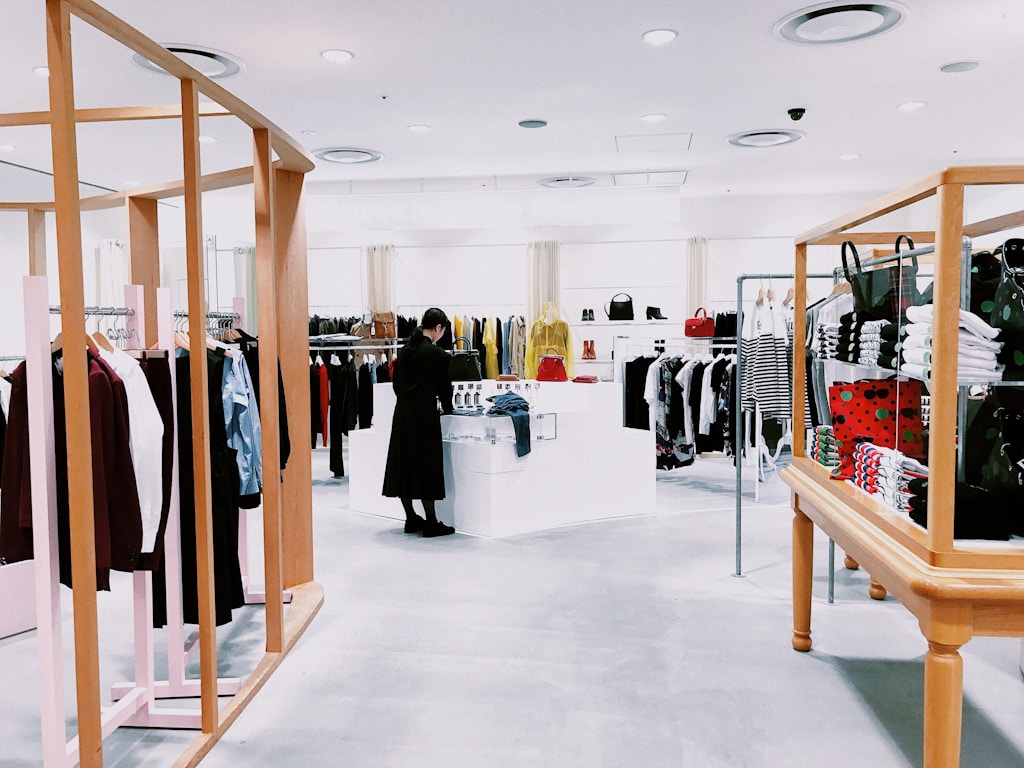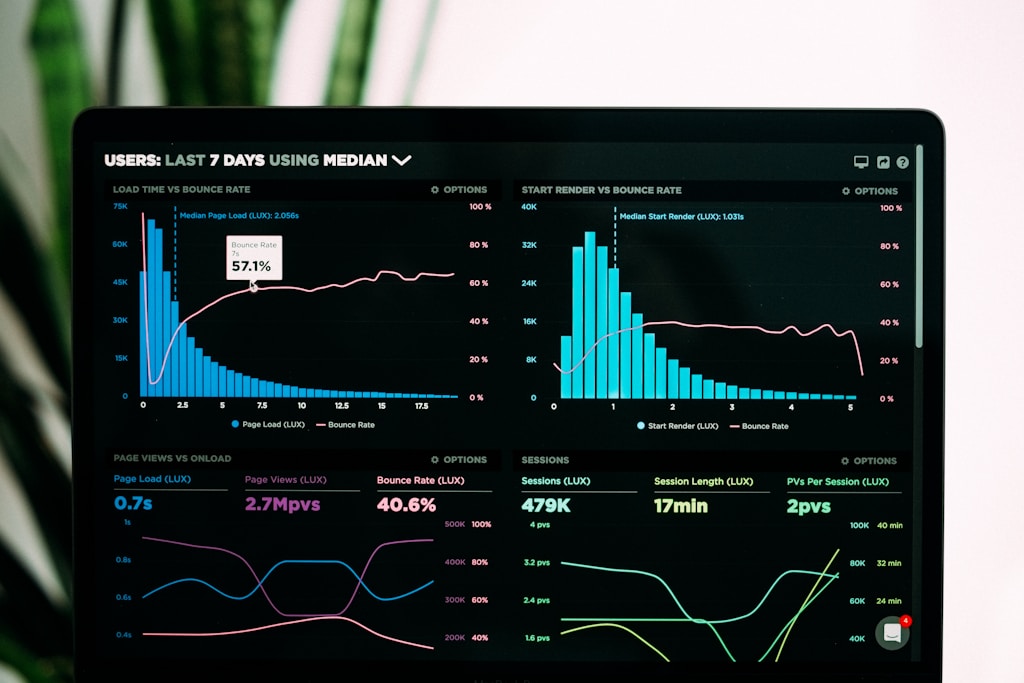Zara has been the new “It” Fast Fashion brand on the street for quite some time now. Having perfected the fast fashion model, Zara has been on an upwards trajectory since its inception in the late 70’s. Zara accounts for almost two thirds of the profits that Inditex has reported in the last decade. So let’s delve deeper into what has made Inditex and Zara so successful.

The Inception of Zorba, Now Zara
Zara Started off as Zorba in 1975, after Amancio Ortega’s favorite movie; Zorba the Greek. However, due to another business having the same name Ortega went with Zara. Since the beginning, Amancio had a unique approach to fashion, one that other brands hadn’t caught up to yet. Most clothing retailers today function on a seasonal model with huge production runs, and towards the end of each season, they heavily discount the clothes they didn’t manage to sell.
Zara, on the contrary managed to produce designs throughout the year but in limited quantities. Zara’s customers soon learned to buy their clothes quickly before their favorite designs sold out. The uniqueness of the Zara clothing and their limited quantities gave it an added edge over its competitors. Since Ortega was in-charge of everything from production to the storefront, he was able to market everything in as little time as that of two weeks. This is known as the “Fast Fashion” model. Over the next decade, Amancio expanded his stores throughout Spain and geared up for an international launch starting with the first one in Portugal.
Eager to expand Inditex’ collection beyond fast fashion brands like Zara, and to that end, Pull&Bear began as a casual urban brand in 1991. During the same year, Massimo Dutti came into the Inditex family, for high-end cosmopolitan clothes. By the turn of the new millennium, Stradivarius was a part of Zara and so was Bershka. Zara went public in 2001, after its founder and chairman – Amancio Ortega – sold 20% of his shares.
Agility and Fast Fashion Go Hand in Hand For Inditex/Zara’s Business Model

The cornerstone of fast fashion brands such as Zara’s record breaking sales is largely owed to the “Fast Fashion” model initiated by Ortega. Zara has been perfecting it for years and has managed to reconfigure the conventional supply chain management.
Inputs are fed to the designers, who design in response, before sourcing and production decisions are made. Zara’s agile supply chain management requires innovations on each end. Seemingly, the design process uses late point differentiation as its main focus. A basic design is created, which is used for sourcing materials, however it is not finalized until much later. Only when real time market information arrives, the designers make the necessary changes using the material already available.
Supply agility requires quick-response manufacturing. Zara has long been dependent upon contract manufacturers; most of which work exclusively for the brand, in the La Coruña region in north-west Spain. Zara has long had its headquarters based in that region. In 2002, La Coruña constituted 60 per cent of Zara’s manufacturing base. Apart from the benefits of the design centers so close by, the contractors under employment are masters of this skill and were open to production in small quantities. This made the company responsive, matching supply with demand in a lean way.
Moreover, being close to the European market meant shorter distribution times. As Zara grew abroad exponentially, it also expanded its manufacturing base. Now, Zara is equipped with a “dual-response” strategy, with low-cost bases such as those in Asia. They have been tasked with making basic styles or those with stable volumes. While higher cost but fast, flexible bases such as Spain, Portugal and Morocco produce the high-fashion styles for which demand can be unpredictable.
How Inditex Uses Data Analytics to Further Fast Fashion

Inditex current production ranks at 840 million garments per year, of which two thirds Zara sells. All items produced have a tag containing an RIFD microchip; installed in a centralized warehouse. This enables Inditex to track each item in real time till its purchase. The data about each SKU(Stock-Keeping Unit) whilst in inventory, before sale, and shelf time are all in processing at Inditex’s Data Processing Center. This Center works around the clock; twenty four hours a day, collecting data from all 7256 Inditex stores; including 3000 Zara stores, across 80+ countries. Conclusively, inventory management, distribution, design and customer service improvements are the areas that rely heavily on this data.
Why the Pandemic Weathered Zara’s Profits
At the start of 2020, Zara reported losses amounting up to $486 million in the first quarter. However, according to latest reports as of November 2020 Zara has raked in profits upwards of $254 million. Moreover, online sales are at a record high, post-pandemic at 74% as compared to the last quarter. In today’s economic climate businesses are struggling to stay afloat and fast fashion brands; such as the likes of Dorothy Perkins, Forever 21 and JC Penney’s, have filed for bankruptcy. Zara continues to report strong numbers and has even expanded into 156 more locations digitally. Post-Lockdown Zara has reopened 98.5% of all their stores physically.
Conclusively, in a climate where businesses are struggling to stay afloat, fast fashion brands are emerging triumphant. Zara’s competitor: H&M, also reported upon profits upwards of $229 million. H&M also follows upon the Fashion Model originally introduced by Ortega. This is an indication of how one can start with a mere investment of $25 and spin it into a business empire spanning 7 continents and 80+ countries.

